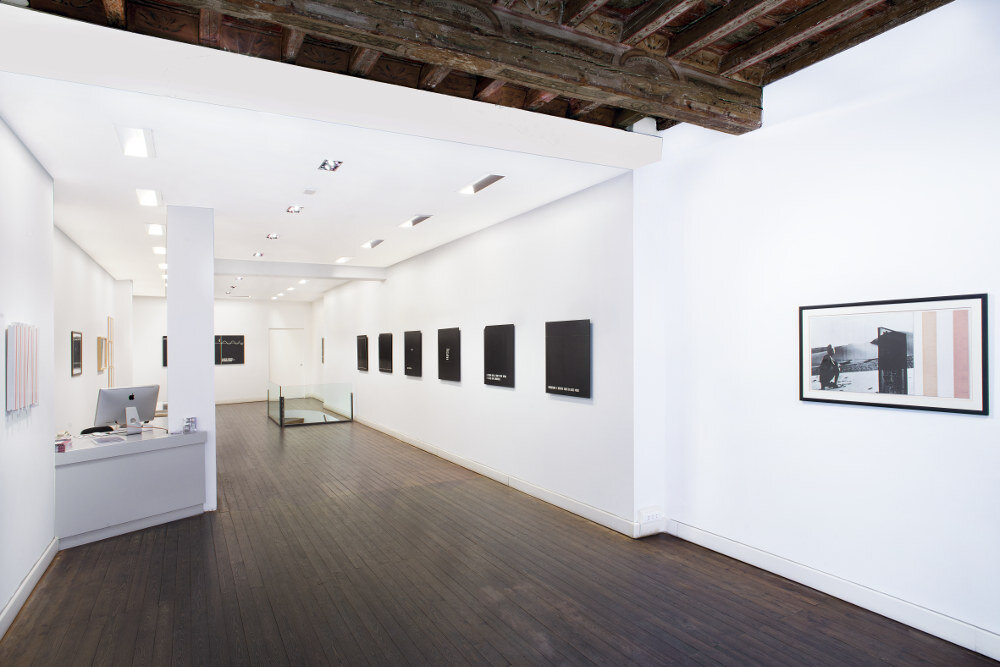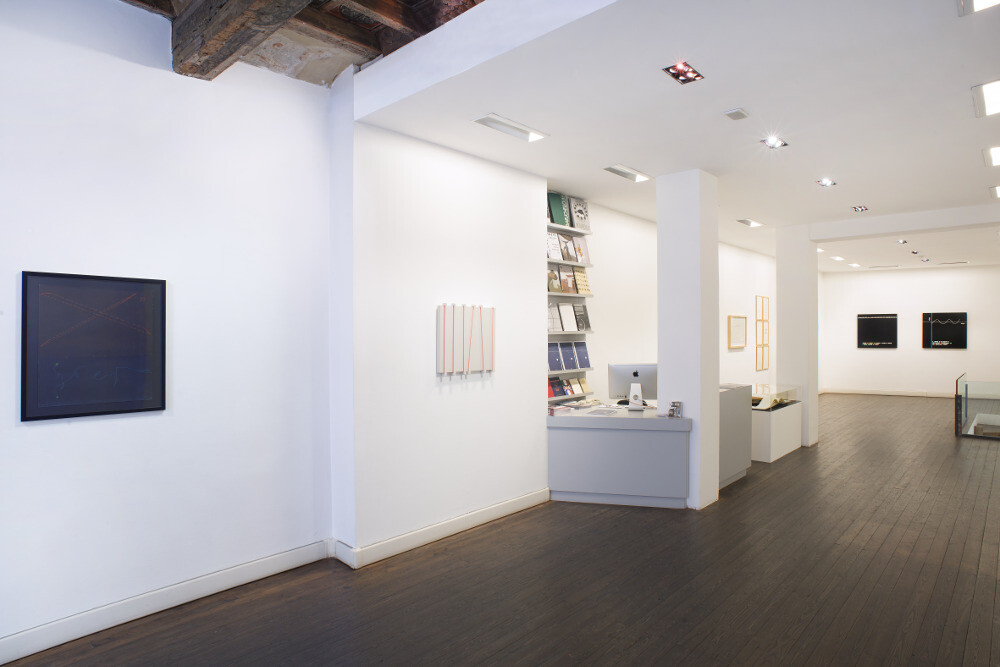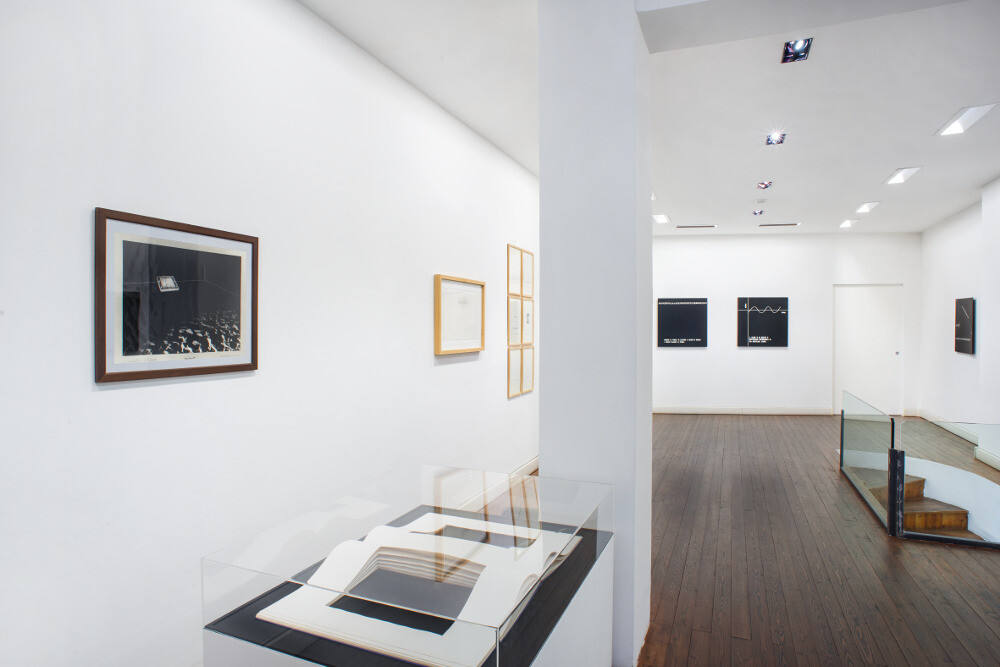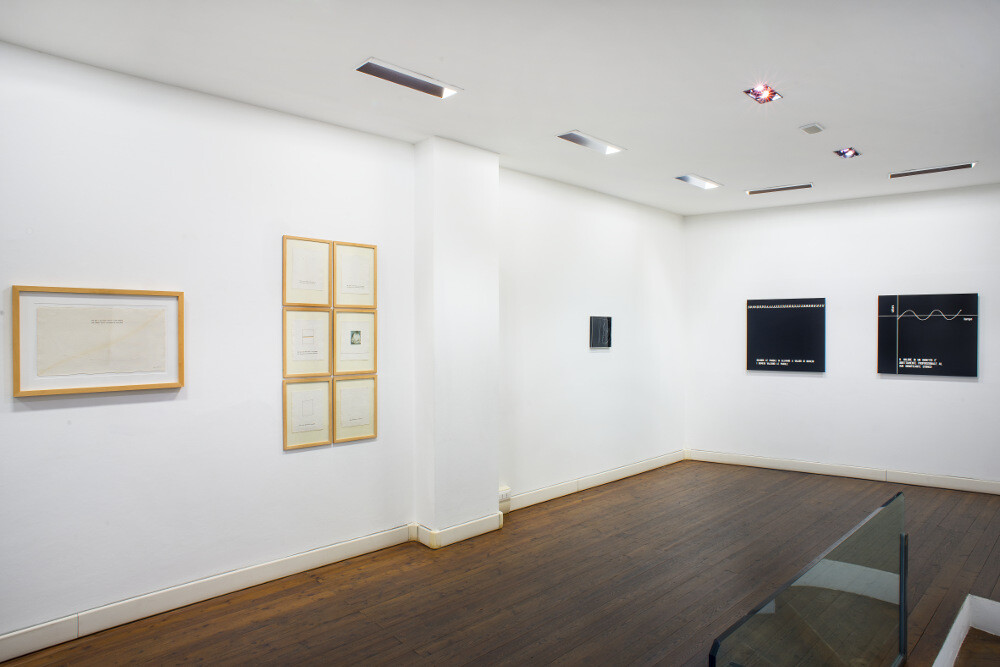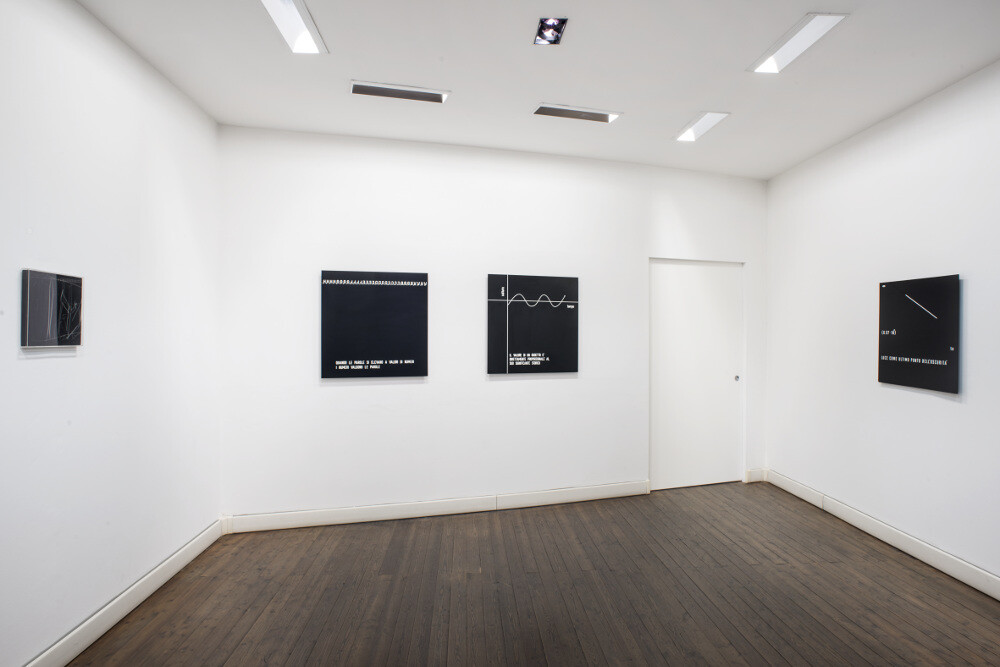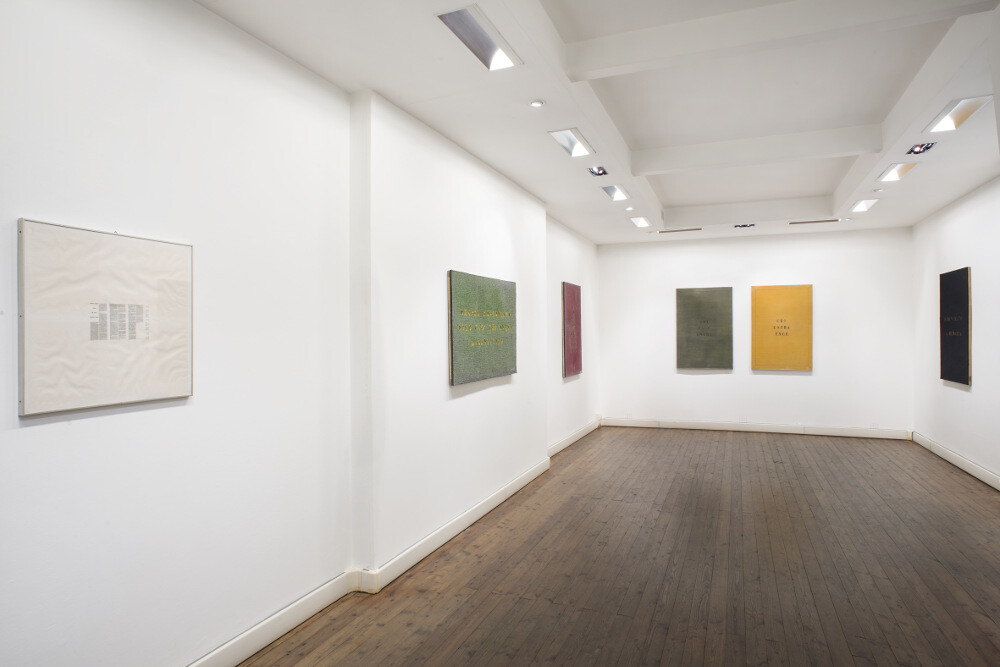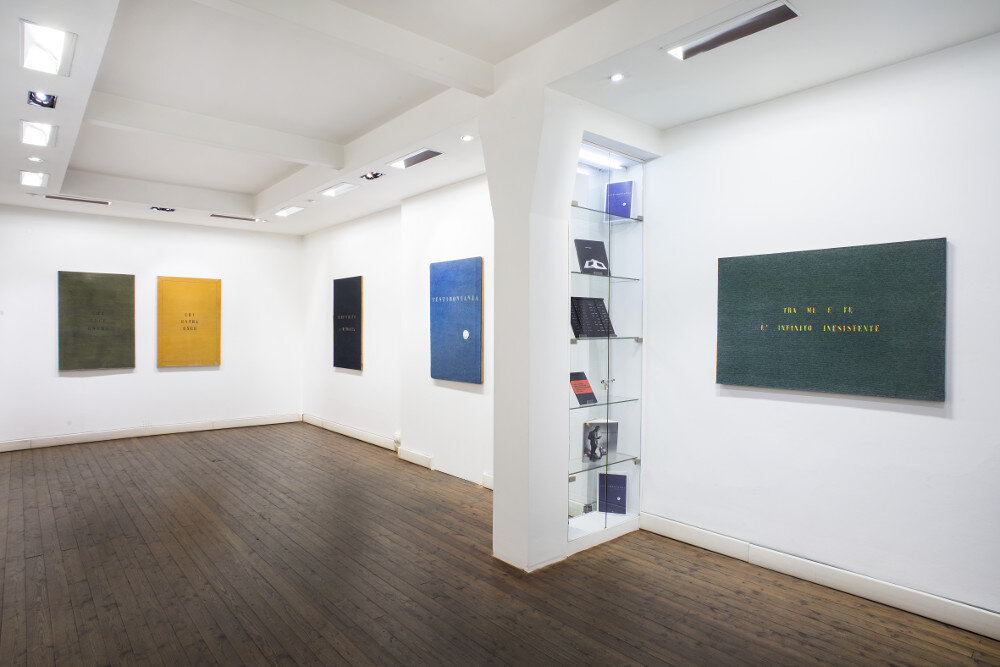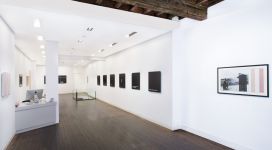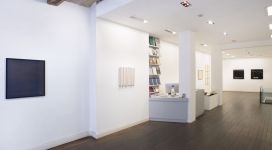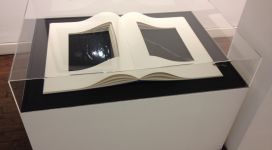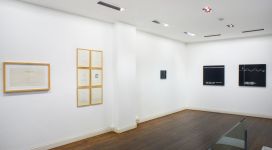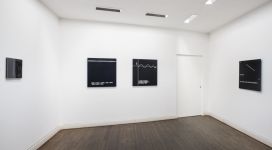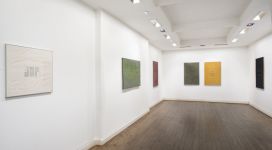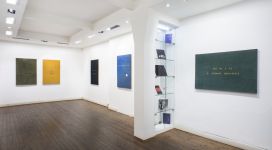| VINCENZO AGNETTI | Biography | |
| Testimonianza | Catalog | |
| curated by BRUNO CORA’ | ||
| 27 march – 10 may 2015 |
Galleria Il Ponte, in collaboration with Studio Visconti in Milan (19 May – 31 October 2015), presents an important collection of works by Vincenzo Agnetti, an artist who, from his first solo exhibition held in 1967 until his premature death in 1981, devoted himself to his work as an artist, writer and theorist, following a totally coherent and clear line of thought.
After graduating from the Brera Academy of Fine Arts and frequenting the Piccolo Teatro in Milan, at the end of the 1950s he approached informel painting, and poetry, before starting to work alongside the Milanese group, Azimuth. Subsequently, he decided to refuse to paint, during a period he called “liquidationism” or “arte no”.
In the second half of the 1960s, using various media (felt, bakelite, photography, printed texts, voice recordings and performances), Agnetti began to formulate apparently oxymoronic axioms analysing the very act of making art, as a forerunner to some international research which would follow shortly afterwards.
Assioma (luce come ultimo punto dell’oscurità) (Axiom (light as the last point of darkness) – 1971), Assioma 4. In principio era la negazione in attesa dello stupore (Axiom 4. In the beginning there was denial, waiting for astonishment -1971), Il sistema usa gli oggetti come veicolo e le idee come combustibile (The system uses objects as a vehicle and ideas as fuel – 1972), Dati due o più istanti lavoro vi sarà sempre una durata-lavoro contenente gli istanti dati (When more work-instants are given, there will always be a work-duration containing the given instants – 1973) are just some of the statements proffered by the artist to theorise a crisi del linguaggio (language crisis – 1972) where Chi entra esce (He who enters leaves – 1970/1971) and Chi esce entra (He who leaves enters – 1970/1971). In other words, in them he resolved the usual antinomies between two opposing elements or concepts in a paradoxical but strictly unified manner, which above all could highlight how far linguistic expression is intrinsically able to extend, and contradict itself.
From the second half of the 1970s, these multiple interpretations prompted by apparently nonsensical associations would lead Agnetti to begin to analyse photography. His intervention, combination and manipulation, and addition of a biographical-cultural background to the graphics, would transform the anonymous shots in the series Dopo le grandi manovre (After the Great Manoeuvres) into conveyors of personal memories, mental impulses and poetical inspiration.
Hence, the exhibition aims to take us through the rich oeuvre of an artist who chose analytical rigour and restless poeticality as complementary watchwords as he sought to replace the object with language, presence with absence, the progressive passing of time with forgetting, by heart.
The exhibition is organized in collaboration with Archivio Agnetti
